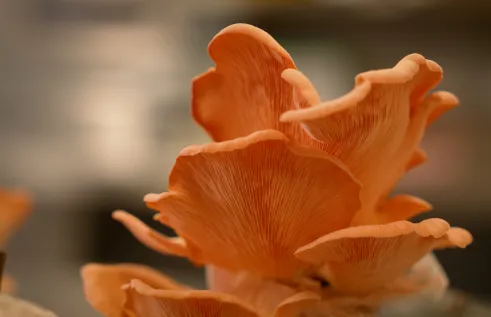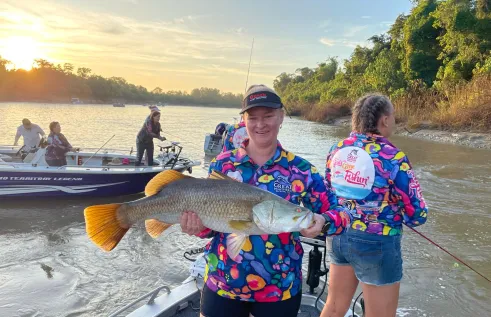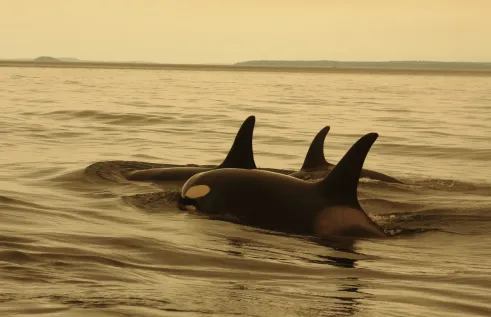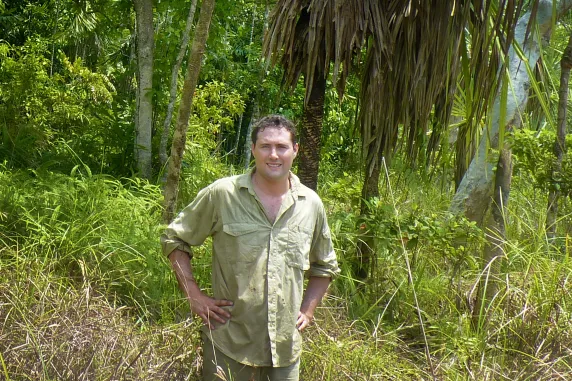news article
Research calls for cultural valuing of Aussie species
Indigenous values should be at the centre of conservation planning and decision making to ensure more equitable environmental and cultural outcomes, according to research by a Charles Darwin University PhD candidate.
Tom Duncan has been investigating the way that Indigenous groups and Traditional Owners are engaged in the management of threatened and culturally significant species.
Mr Duncan worked closely with Tiwi landowners and rangers to learn about Traditional Owner conservation values and priorities, and how those aligned with threatened species management and relevant legislation.
He said that although working in conservation had many benefits for Indigenous people, the institutional frameworks surrounding conservation work could limit the priorities of Traditional Owners.
“Undertaking conservation projects in partnership with scientists is one way that Traditional Owners and Indigenous rangers can look after country,” Mr Duncan said.
“For researchers wanting to work on Aboriginal lands, collaboration with Traditional Owners with vital knowledge and custodianship, is essential to the successful completion of their research.”
Mr Duncan said researchers should think beyond the biodiversity benefits of conservation to how biocultural values might be researched and managed to ensure equitable partnerships with Indigenous collaborators.
“For example, in Northern Australia, intense research effort is focused on the effect different fire regimes, in particular Indigenous fire practices, have on biodiversity and threatened species in particular.
“Yet, there has been little equivalent corresponding research on the impact different fire regimes have on species that are culturally important to Indigenous people.”
Improved cross-cultural project planning, as well as legislative changes, were potential ways of addressing limitations in existing conservation frameworks.
“Changing existing legislation to better protect and maintain Indigenous cultural heritage values in relation to significant species is one possible answer,” Mr Duncan said.
“Legislative change to list culturally significant species could lead to more resources becoming available to manage these important species more effectively.”
Tiwi Land Ranger Willie Rioli said it would be “great” if legislation acknowledged culturally significant species further.
“Each Indigenous community has their own unique cultural values – animals and plants that are important to them,” Mr Rioli said.
“I do think two-way learning is very important. Western science is important for us, Indigenous knowledge is important too.
“We all have to work in collaboration. Two-way learning and two-way management is the way to move forward together.”
Mr Duncan said he hoped the research would help to improve collaborative threatened species management by forming more equitable partnerships, delivering benefits for Indigenous and non-Indigenous collaborators. The research received funding from the Australian Government’s National Environmental Science Program.
Related Articles

Cotton trash to treasure: Project using waste to grow new mushroom industry
Supermarket shelves could be stocked with mushrooms grown from the Northern Territory’s cotton waste, with a Charles Darwin University research project exploring the possibility of broadening the region’s agricultural industry.
Read more about Cotton trash to treasure: Project using waste to grow new mushroom industry
Stereotypes holding back Australia’s recreational fishing future, new study finds
Outdated stereotypes about who a “real fisher” is could be costing Australia’s recreational fishing industry valuable talent, creativity, and growth, new research from Charles Darwin University suggests.
Read more about Stereotypes holding back Australia’s recreational fishing future, new study finds
Global body adopts policy to protect Earth’s old, wise and large animals
The International Union for Conservation of Nature (IUCN) has recognised Charles Darwin University-led research into the Earth’s oldest animals with the adoption of the ‘Longevity Conservation’ global policy principle.
Read more about Global body adopts policy to protect Earth’s old, wise and large animals
